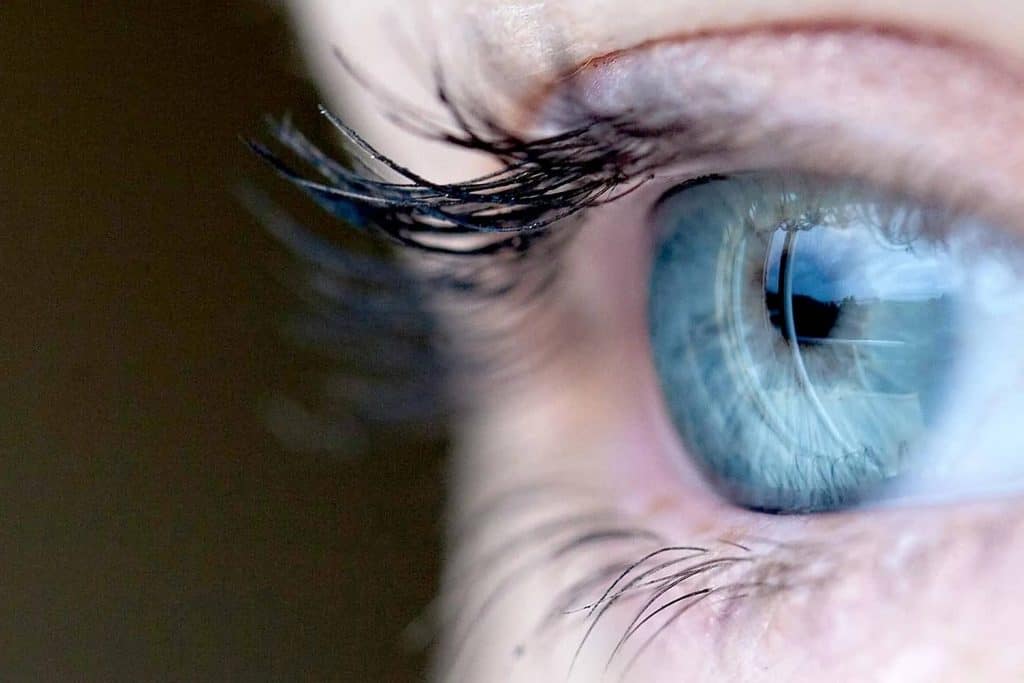
It is important to schedule an annual eye exam to determine your visual acuity (the clarity of your vision). Wearing up-to-date prescription contacts and glasses help to prevent eye strain, which could result in headaches, but good vision is especially essential when driving, as it helps you to read the road signs and identify any road hazards.
Determining visual acuity is the most common test performed during an annual exam. It is usually measured by reading letters or numbers on a chart from a fixed distance after contacts and glasses are removed. You will be asked to cover one eye, then read the letters or numbers from a specific line outloud. You will then be asked to do the same with the other eye.
The term 20/20 vision is a reference to visual acuity. It means that a person with 20/20 vision can clearly see from 20 feet away what should normally be seen from that distance. A person who has 20/50 vision must be 20 feet away in order to see what a person with normal vision can see from 50 feet away.
To determine your prescription (nearsightedness, farsightedness, and astigmatism), our eye doctors will perform a refraction test. You will read the chart through a phoropter. It is a tool with a series of lenses with different strengths. Our opthamologists will switch the lenses and ask whether it is clearer or the same until the correct prescription is determined. The same will be done with the other eye.
A field of vision test is also usually performed. It determines how wide of an area your eye can see while focused on a central point. It can determine whether you have blind spots, which helps to diagnose eye diseases or brain disorders. Glaucoma is an eye disease that could be diagnosed from signs of peripheral vision loss. Each eye is tested by looking into a bowl-shaped machine called a perimeter. (The eye not being tested is covered by an eye patch.) While looking at a central focal point, dim lights will blink in sporadically around the bowl-shape. You will click a button whenever you see a light and the machine will determine which lights you cannot see.
During an eye exam our eye doctors may also dilate your eyes with eye drops. This Widens the pupils to allow our opthamologists to see inside your eye to examine your retina and optic nerve for signs of eye disease. While dilated, your vision will be blurry and your eyes will be sensitive to light, so take sunglasses to your appointment.
Since the inside of your eyes do not contain pain receptors, it is hard to detect eye diseases in the early stages when treatment is most effective. That is why scheduling an annal exam is so important.
To schedule an eye exam at one of our offices in San Antonio, New Braunfels, Seguin, La Vernia, Hondo or surrounding areas, give us a call at 830-379-3937.

